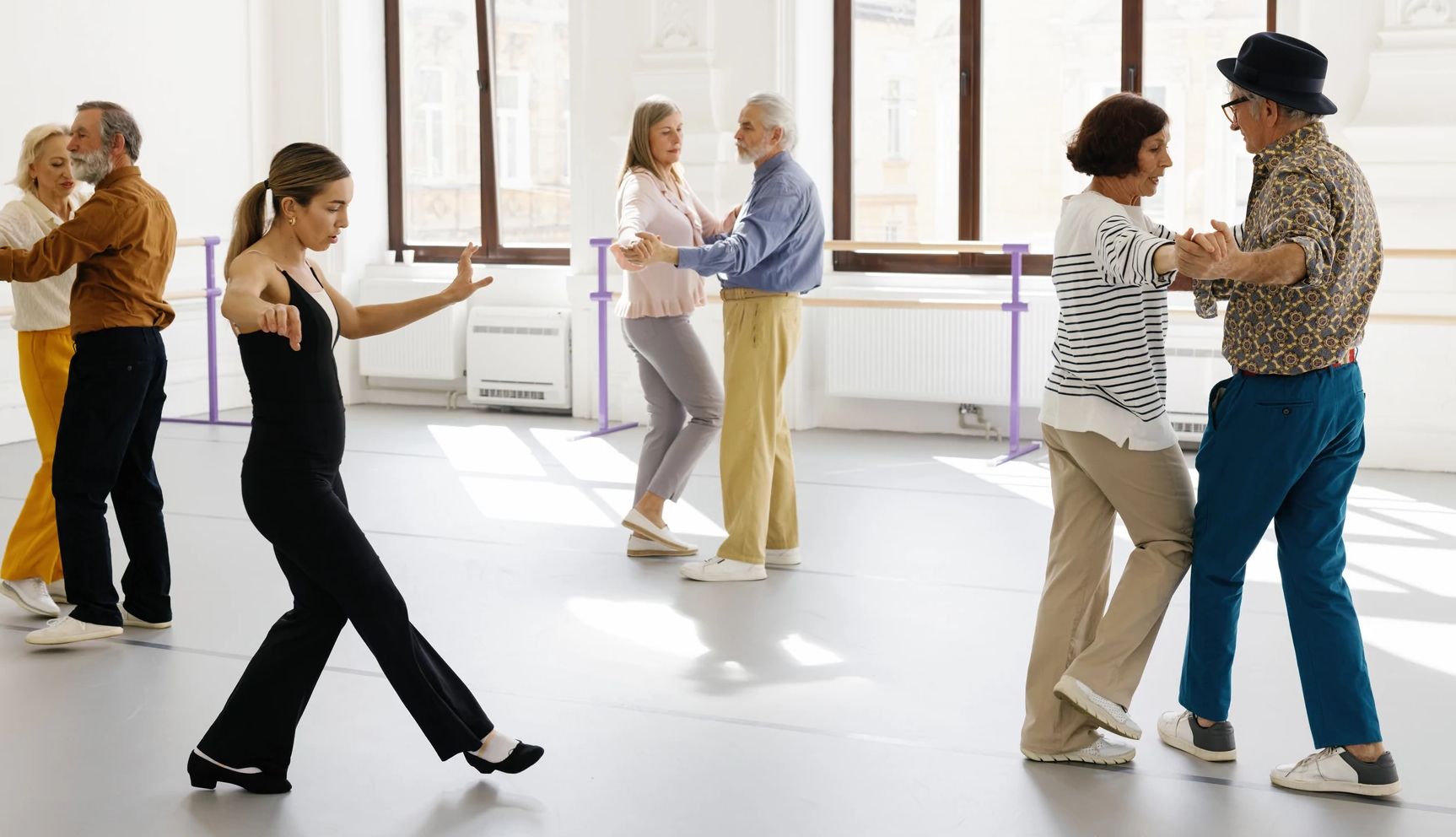
- Select a language for the TTS:
- UK English Female
- UK English Male
- US English Female
- US English Male
- Australian Female
- Australian Male
- Language selected: (auto detect) - EN
Play all audios:
Stocksy Facebook Twitter LinkedIn
“Exercise is one of the most powerful ways to change someone’s course with Parkinson’s,” says Jori Fleisher, M.D., a movement disorder specialist and associate professor of neurological
sciences at Rush University in Chicago. “Even if you are a never-exerciser, that’s OK. Start today.”
A growing body of research finds that regular physical activity — the kind that gets the body moving and the heart pumping — can significantly reduce the severity of PD symptoms and how fast
they progress. Research highlights the benefits of:
High-intensity interval training, or HIITDanceExercise that involves learning a new skill
Exercise is therapeutic for people with Parkinson’s disease. That was the conclusion of a 2024 analysis in the Journal of Neurology, Neurosurgery and Psychiatry, which reviewed research
articles published over the past several years that explored the benefits of exercise for people with PD.
Before You Get Started…Make sure your doctor approves of your new exerciseprogramAsk your doctor how to time exercise around your medication dosesGet an evaluation from a physical therapist who specializes in PDWhen looking for classes or a personal trainer, try
to find options tailored to people with PDAim to eventually meet the Parkinson’s Foundation exercise guidelinesDon’t overdo it. Start slow. Listen to your body. Take breaks when you need
them.
To find a Parkinson’s-friendly exercise program near you, contact the Parkinson’s Foundation Helpline at [email protected] or 1-800-4PD-INFO (1-800-473-4636).
While there’s far more published research on the effects of vigorous physical activity in mice bred to have PD symptoms, the existing evidence on the benefits of exercise in people with the
disease is very promising.
“Exercise has multiple clinical benefits in Parkinson’s disease,” says exercise physiologist Martin Langeskov-Christensen, associate professor in the department of clinical medicine at
Aarhus University in Denmark and an author of the 2024 analysis. “It actually addresses both motor and non-motor symptoms.” Motor symptoms are related to movement, like walking and keeping
your balance. Non-motor symptoms can include depression, anxiety, sleep troubles and cognitive problems.
In one study included in his team’s analysis, researchers followed 237 people with early PD for an average of five years. Those who maintained regular levels of physical activity over that
time saw a slower decline in their ability to perform activities of daily life.
Physical activity “can improve coordination, balance, gait and even reduce the risk of falls,” Langeskov-Christensen says. Some of these symptoms, like impaired balance, can be difficult to
fully treat with Parkinson’s medications, his research concludes.
Keeping your body moving might improve or stabilize motor symptoms like walking and balance problems. You’ve probably also heard — or even experienced firsthand — how exercise can improve
problems unrelated to movement, including low mood, fatigue, sleep troubles and constipation.
“People will complain of abdominal pain from slowed gastric motility, and the first thing we say is, ‘Exercise,’ ” says Rebecca Gilbert, M.D., chief mission officer, American Parkinson’s
Disease Association. After a meal, “take a walk around the block, get everything moving,” she recommends.
But exercise does more than just improve specific PD symptoms. When it’s part of your regular routine, it can keep you functioning well and improve your overall quality of life.









